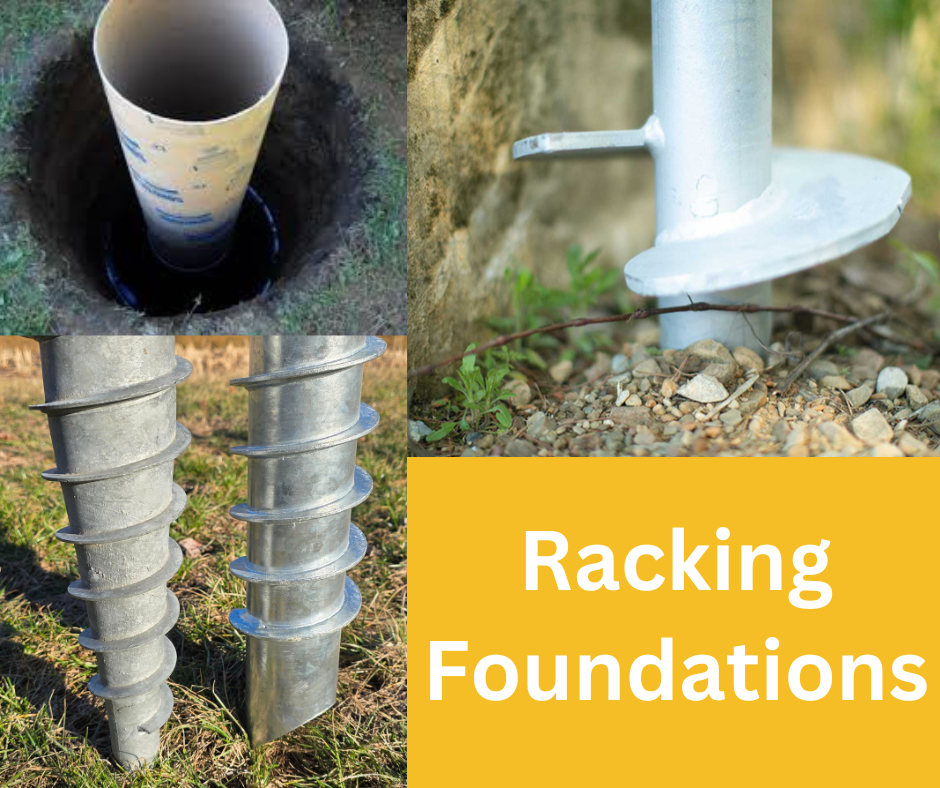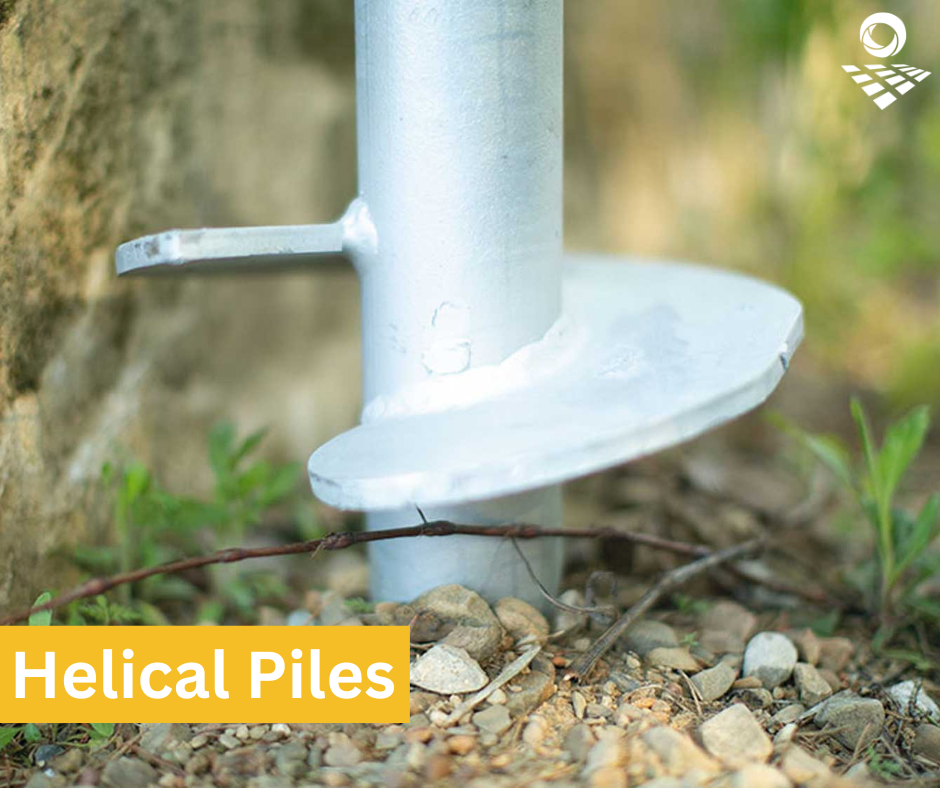
News & Blog
Ground Mount Foundations: Understanding Your Options

Ground Mount Foundations: Understanding Your Options
Concrete | Helical Piles | Ground Screws
When planning a ground mount solar installation, one of the most important decisions happens below the surface — choosing the right foundation system. The stability, performance, and long-term success of any array depend on a solid foundation that aligns with site conditions, project scale, and budget.
Here’s a closer look at three of the most common foundation types used in solar construction: concrete, helical piles, and ground screws — each with its own strengths and concerns.
|
Concrete Foundations Concrete is a widely used and time-tested foundation option, particularly in large-scale or jurisdictionally strict projects. It offers strong structural support and is generally accepted by permitting authorities across the country. Notable Benefits:
Project Concerns: SFUSA does not use concrete foundations for projects. |
 |
Helical Piles Helical piles are steel shafts with welded helical plates that are mechanically “screwed” into the ground. They’re an increasingly popular choice in solar construction due to their speed and flexibility, particularly on sites with varying soil conditions. Notable Benefits:
Project Concerns: |
|
Ground Screws Ground screws are similar in function to helical piles but are specifically designed to perform well in rocky, compact, or shallow soils. They are mechanically driven into the ground and are often favored in projects with difficult terrain or tighter environmental restrictions. Notable Benefits:
Project Concerns: |
 |
Final Thoughts
Each foundation system has its place in solar construction, and selecting the right one depends on a mix of factors: site conditions, permitting requirements, structural loads, timeline, and long-term sustainability goals.
Understanding how each foundation option performs helps project teams make informed decisions from the ground up — ensuring the solar array is built to last.




